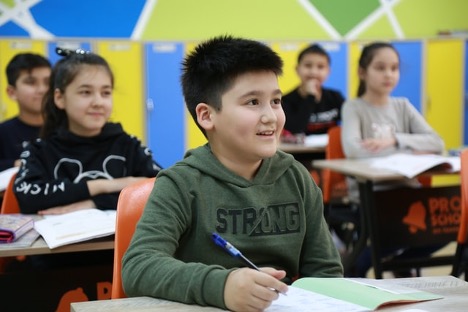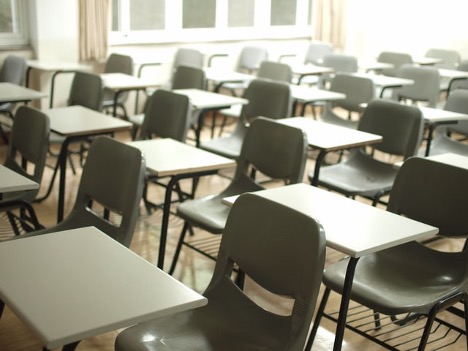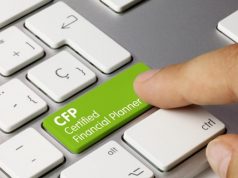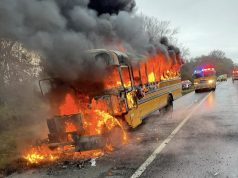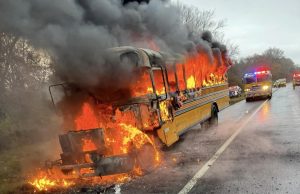Paula Permenter and Matthias O’Meara are the Founders of Choice Advisors, a municipal finance and education management advisory headquartered in Houston, Texas. Paula and Matthias (Matt) explain below some of the trends they’re seeing in enrollment across public, charter, and private schools.
The COVID-19 pandemic has had a dramatic impact on school enrollment as students’ educations were disrupted. An inability to prepare for the challenges of online learning in public schools with larger class sizes has had a marked effect on parents’ perceptions of the public school system.
Choice Advisors examines the effect of recent events on attitudes towards traditional public, public charter, and private schooling and discuss whether trends that have been seen over the past year will have a long-term impact on the way parents choose schools.
Public School Enrollment Down by 3% in 2020-2021
Paula Permenter notes that public school enrollment fell by 3% in 2020-21 compared with the previous year. The challenges of the COVID-19 pandemic meant that many parents chose homeschooling over enrolling their children in the public school system, but further losses were made to private and charter schools.
Traditional public schools typically have larger class sizes than their charter school or private counterparts, meaning that traditional public school teachers struggled to give the kind of personalized guidance that students need in Zoom classes. Teachers and students alike were unfamiliar with the challenges of online learning, and the chaos that ensued led to students increasingly feeling disengaged with their learning experience.
Parents who remained at home due to the pandemic were able to witness their children becoming disaffected in real-time. Experts suggest this may have contributed to a sense of dissatisfaction with traditional public schooling and a willingness to pay more for an education where children could receive a higher level of personal attention.
According to Matthias O’Meara, the above report from the NCES notes that lower enrollment rates were especially prevalent at lower grades, with a 13% decrease at prekindergarten and kindergarten levels. The data suggests that parents felt more capable of taking on the learning needs of these younger children than those in higher grades — public school enrollment rates increased by 0.4% for grades 9-12, with grades 1-8 experiencing a net decrease of 3%.
Whether this will cause a continued increase in the homeschooling of young children instead of enrolled in public education remains to be seen.
Parents Flock to Charter Schools
Charter schools are developing a halfway point between private and public education. Ms. Permenter explains they receive government funding but are operated by non-government organizations and put students at the center of their credos. A report released by the National Alliance for Public Charter Schools (NAPCS) found that enrollment in charter schools increased in at least 39 states in 2020-21. This supports the notion that lack of personal attention for students is a significant reason behind increased dissatisfaction with the public school system.
Education at these institutions typicallyare free, and therefore more affordable than at private facilities. Moreover, charter schools tend to include smaller class sizes and an increased focus on the development of individual students. Educators suggest this could have been a major draw for parents who perceived that online learning failed to engage their children when class sizes were unmanageable for Zoom classes – even if educators had been adequately trained in teaching remotely.
As charter institutions are governed locally, they may have made swifter changes and implemented training for their staff more effectively than the state system could. Finding out if these institutions will represent serious competition to public and private centers of education as a kind of “third way” will likely be an enrollment trend of the 20s.
Private School Enrollment Surges — Is This the New Norm?
Perhaps the most significant difference in how private educators treated the pandemic was to announce that they would be returning to in-person classes, five days a week, at the start of the 2021 academic year. Traditional district schools frequently were reluctant to make such a commitment due to ongoing concerns about the pandemic. Private institutions could capitalize on parents who could pay for their children to return to a “normal education.”
Matthias O’Meara reports that parents who opted for the private school or charter school route suggested that private institutions are more in tune with their needs than the traditional, district-operated education system, which is increasingly perceived as too large and politically motivated to address rapidly changing circumstances. Students enrolled for the first time in private schools are unlikely to return to the public system as their parents become accustomed to putting this extra money aside and believe they can expect better results.
Does this mean private enrollment will remain higher in years to come? It’s still difficult to determine at this time. However, previous data suggests younger siblings of children already in the private system are likely to be enrolled in the same places as their senior siblings. Paula Permenter says leaders at private K-12 institutions do expect further increases in enrollment.
Is the U.S. School System Changing?
There’s no doubt that the pandemic has impacted the way parents view the education system. The question is how big the impact will be going forward and what continued gains in the private sector would mean for public schools nationwide.


